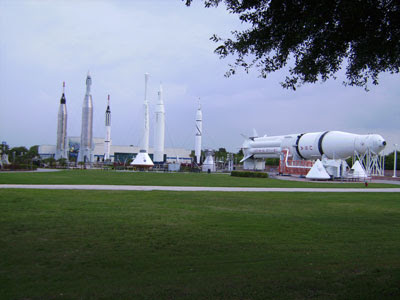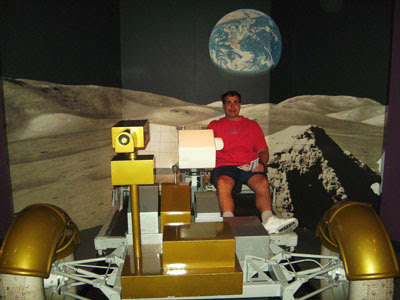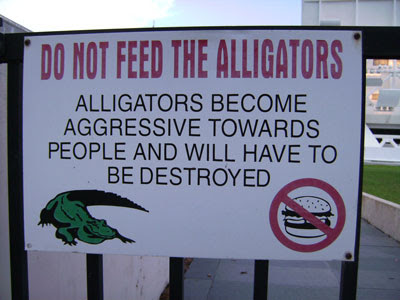Given the position and velocity of an object in the atmosphere, determine if it will impact the Earth. If the object will not hit, give its point of closest approach. Find the position and velocity vectors of the object at impact/closest approach. Also determine the time to impact/closest approach and give the type of orbit (circular, rectilinear, elliptical, parabolic, or hyperbolic).Since I did not finish it before my trips, I spent a lot of time working on it away from home. I did not realize how much I used the home, end, and delete keys as well as the ten key pad on my keyboard at home until I had to use laptop keyboards I had never used before. A couple of times each minute I was reaching for a key that was not where it should be. I did not know my typing and keyboard manipulation had become optimized to use so many keys.
The project was due while I was in Orlando. When I connected all the parts and ran the entire program for the first time there were only a few small problems. There was some degree/radian trouble in some of the equations, an error in my understanding of how matrix elements were numbered, and some variables that needed adjustments because arcsin, and arccos only return values between -180 and 180. The project was due at 11 PM Pacific time, which is 2 AM Eastern. I stayed up and used every minute until it was due. While I would have liked more time to test everything, make the write up longer, and explain more things, I am happy with what I did submit. I still have no idea how to deal with rectilinear paths or why some angles need to be changed.
Imagine you just finished a program that handles orbit trajectories and predicts the impact of objects on the Earth. What would be a fitting thing to do in celebration? I went to the Kennedy Space Center.
The Drive to the Cape
I was an hour drive from Orlando to Cape Canaveral. It was easy to get to, as I took Florida route 528. However there were toll booths, five different ones I had to pay at while traveling less than 60 miles.
It cost $26 to enter the Kennedy Space Center. While this is expensive, it included a lot. There were bus tours to different areas, such as the launch area, International Space Station Center, and an Apollo/Saturn V Center. Also included was the IMAX movie Hubble 3D, the exhibit galleries, a show, and a shuttle launch simulator.
As my brother and I arrived late in the day, we could not go on any of the bus tours. However, if you ever find yourself in the area you must take the bus to see the Saturn V rocket.
I will began this picture tour with a view of the rocket garden.
 The picture below has the two rockets Atlas and Redstone (left to right) used for the manned Mercury flights. In the foreground a model of one of the capsules is visible. When I climbed inside I discovered I would have never made it as a Mercury astronaut; I am too tall.
The picture below has the two rockets Atlas and Redstone (left to right) used for the manned Mercury flights. In the foreground a model of one of the capsules is visible. When I climbed inside I discovered I would have never made it as a Mercury astronaut; I am too tall. The red towers on top of the rockets are escape towers. If there was a problem with the main rocket during launch a small rocket on top of the tower would fire and lift the capsule with the astronaut away from the massive explosion.
The red towers on top of the rockets are escape towers. If there was a problem with the main rocket during launch a small rocket on top of the tower would fire and lift the capsule with the astronaut away from the massive explosion.Returning to the model capsules, the Gemini cone (not pictured) could fit me but it would be difficult to imagine sitting in one of them for two weeks working with someone. Below is a Saturn 1B rocket with an Apollo crew compartment in front. The pictured rocket is enough to get to low Earth orbit. However, if you want to make it to the Moon it will not due. You need something bigger, over twice the length.
 Spaceflight is a dangerous thing. The Space Mirror Memorial below has the names of all the Americans who died while training for, in transit to, or returning from space. More information about the memorial and the Astronauts Memorial Foundation which manages it are available online.
Spaceflight is a dangerous thing. The Space Mirror Memorial below has the names of all the Americans who died while training for, in transit to, or returning from space. More information about the memorial and the Astronauts Memorial Foundation which manages it are available online. In the Early Spaceflight section, they have the control room used for some launches in the early 60s.
In the Early Spaceflight section, they have the control room used for some launches in the early 60s. You can get your picture taken as if you are cruising around the moon like my brother.
You can get your picture taken as if you are cruising around the moon like my brother. One of the included things was the Shuttle Launch Experience. This was a motion simulator with extra effects that recreates the experience of lifting off in a space shuttle. A video explains how they strived for accuracy in creating the simulation and gives a timeline of what will happen when. As soon as the simulator starts, it is rotated to be 90 degrees up as if the shuttle were about to blast off. There were loud noises, vibrations, and a feeling of g forces. It was great.
One of the included things was the Shuttle Launch Experience. This was a motion simulator with extra effects that recreates the experience of lifting off in a space shuttle. A video explains how they strived for accuracy in creating the simulation and gives a timeline of what will happen when. As soon as the simulator starts, it is rotated to be 90 degrees up as if the shuttle were about to blast off. There were loud noises, vibrations, and a feeling of g forces. It was great. Below are pictures of a replica of a space shuttle along with solid rocket boosters and the main fuel tank used to launch it.

 There is one last picture I will leave with you. I found this between the IMAX theater and the Space Mirror.
There is one last picture I will leave with you. I found this between the IMAX theater and the Space Mirror. I did not know there were alligators there until I saw this sign. After I observed an alligator chilling out in the water the three foot fence made sense.
I did not know there were alligators there until I saw this sign. After I observed an alligator chilling out in the water the three foot fence made sense.

Very fitting, indeed. I would really like to go to the Kennedy Space Center some time. I like your photos, especially the 1960s control room.
ReplyDelete